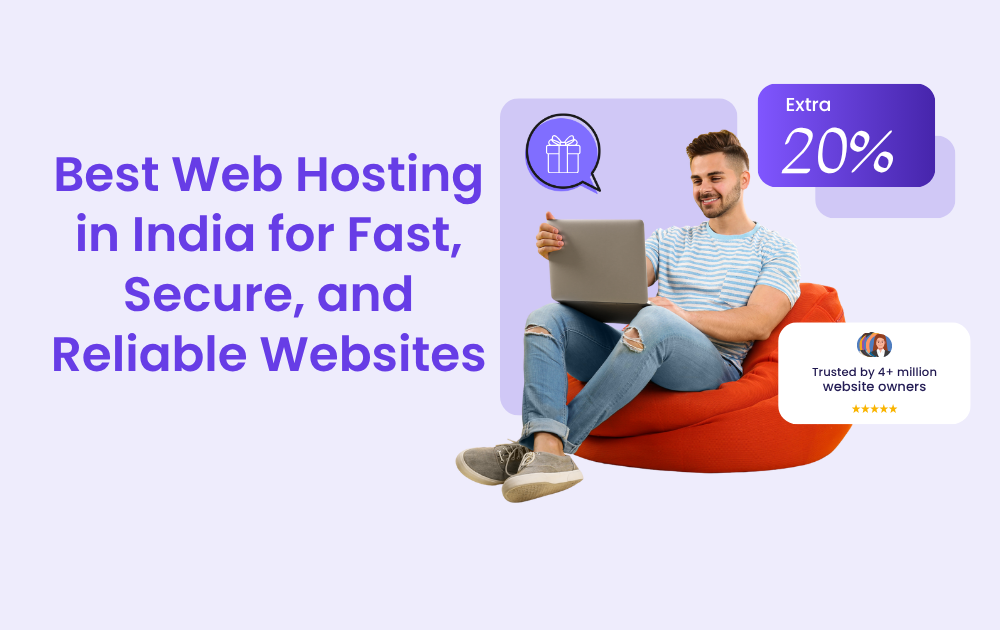In the world of digital marketing, SEO (Search Engine Optimization) and SEM (Search Engine Marketing) are two crucial strategies used to enhance a website’s visibility in search engine results. While they share the common goal of driving traffic to a website, they differ significantly in their approaches and methodologies. Understanding the distinction between SEO and SEM can help you choose the right strategy for your business.
What is SEO?
Search Engine Optimization (SEO) is a set of practices designed to improve the organic (non-paid) ranking of a website in search engine results pages (SERPs). SEO focuses on optimizing various aspects of a website to make it more appealing to search engines and users. This includes:
- Keyword Optimization: Identifying and integrating relevant keywords into your site’s content, meta tags, and headers.
- On-Page SEO: Enhancing individual web pages by optimizing content, titles, and internal linking.
- Technical SEO: Improving technical aspects like site speed, mobile-friendliness, and crawlability.
- Content Creation: Developing high-quality, valuable content that addresses user needs and interests.
- Link Building: Acquiring backlinks from reputable sites to boost your site’s authority and ranking.

Advantages of SEO:
- Cost-Effective: SEO generally requires less ongoing investment compared to paid advertising.
- Long-Term Benefits: High organic rankings can lead to sustained traffic and brand visibility over time.
- Credibility and Trust: Users often trust organic results more than paid ads.
Challenges of SEO:
- Time-Consuming: SEO can take months to see significant results.
- Algorithm Changes: Search engines frequently update their algorithms, which can impact rankings.
What is SEM?
Search Engine Marketing (SEM) encompasses all forms of search engine advertising, including paid search ads, also known as Pay-Per-Click (PPC) advertising. SEM involves placing ads on search engines to gain visibility in the sponsored section of search results. This includes:
“Both SEO and SEM are integral to a successful digital marketing strategy, but they serve different purposes and offer unique advantages.”
- Paid Search Ads: Creating and managing ads that appear at the top or bottom of search engine results pages.
- Ad Auction Management: Bidding on keywords to ensure your ads appear for specific search queries.
- Ad Copywriting: Crafting compelling ad copy and selecting appropriate calls to action.
- Campaign Optimization: Analyzing ad performance and adjusting strategies to improve results.
Advantages of SEM:
- Immediate Results: SEM can drive traffic to your site quickly, often within hours of launching a campaign.
- Targeted Advertising: Allows precise targeting based on keywords, location, device, and demographics.
- Control and Flexibility: Provides control over ad spend, targeting options, and performance tracking.
Challenges of SEM:
- Cost: Ongoing investment in paid ads can become expensive, especially in competitive industries.
- Short-Term Benefits: Traffic from paid ads ceases once the campaign ends or the budget runs out.
Key Differences Between SEO and SEM
Cost Structure:
- SEO: Involves time and effort to optimize a site, but does not require ongoing payments for traffic.
- SEM: Requires continuous budget allocation for ad placements and bidding.
Visibility Timeline:
- SEO: Typically takes longer to achieve high rankings and organic traffic.
- SEM: Provides immediate visibility and traffic through paid ads.
Sustainability:
- SEO: Can offer long-term benefits and sustained traffic once high rankings are achieved.
- SEM: Generates traffic as long as the campaign is active and the budget is allocated.
Approach:
- SEO: Focuses on organic methods to improve search rankings.
- SEM: Utilizes paid advertising to gain prominence in search results.
SEO is ideal for building long-term, sustainable visibility through organic search, while SEM provides immediate, targeted exposure through paid ads. By understanding the differences and benefits of each, you can effectively leverage both strategies to achieve your marketing objectives and drive growth for your business.





